In the always convulsive and varied setting of Milan Design Week, I wanted to point out an event: the FABBRICA ISIA FAENZA exhibition project. Hosted in the Cathedral spaces of Milan’s Fabbrica del Vapore. One of the most prestigious locations in the city.
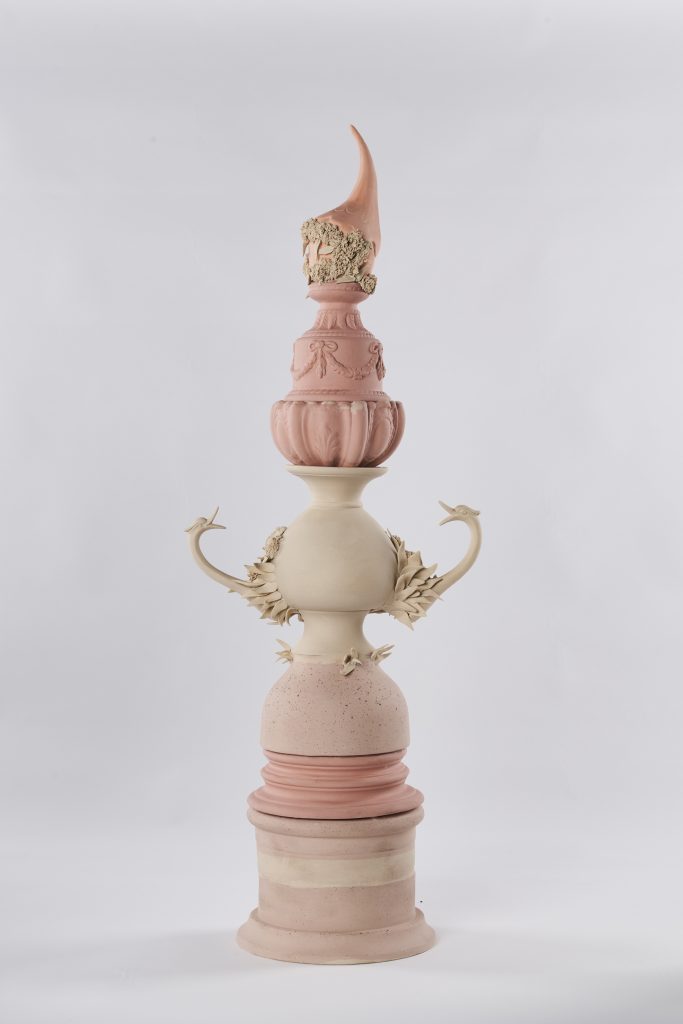
Fourteen Totems
The exhibition is an opportunity to learn about the experiences developed by students in the Product Design and Communication Design programs at the prestigious school in Faenza. Among these other works, a landscape of ceramic totems, made during a workshop with artist Diego Cibelli, is striking.
The fourteen totem poles were born from the Relational Matter/Laboratory Matter workshop. Conducted by artist Diego Cibelli between January and February 2022 with students. Under the coordination of lecturer Mirko Denicolò.
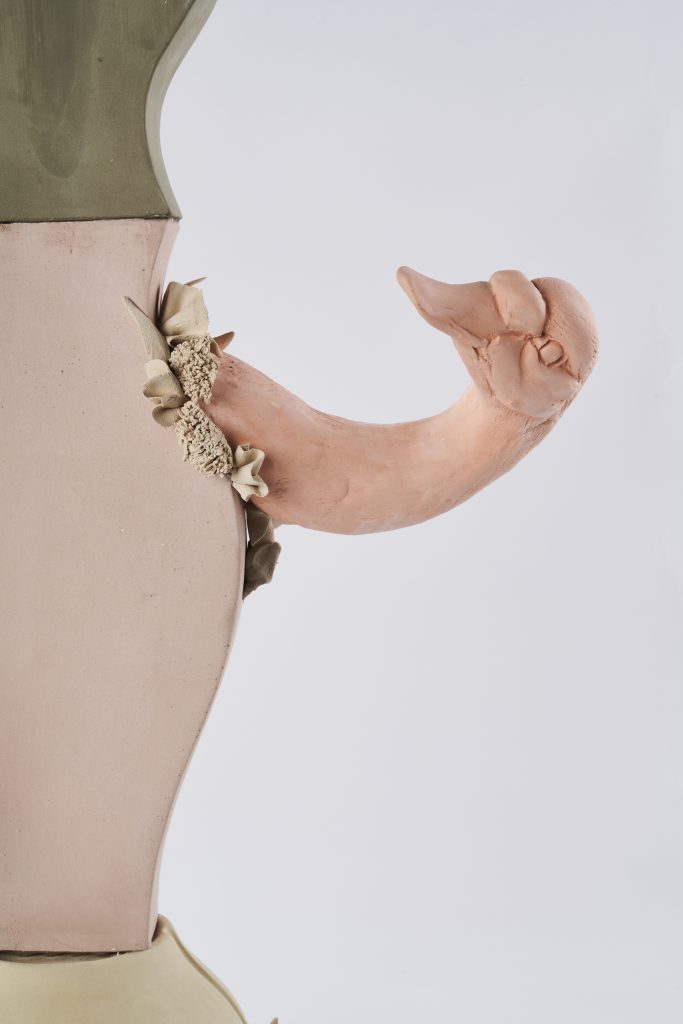
What is ISIA of Faenza
Born in 1980 from a cultural project of Bruno Munari and Giulio Carlo Argan (one a famous designer and the other an equally famous art historian), the institute had a strong vocation toward ceramics. Since its inception, the Istituto Superiore per le Industrie Artistiche (ISIA) in Faenza has shaped its design teaching toward advanced technological experimentation. In this sector as well. Also, in support of the manufacturing sector, that has characterized the Romagna city since the Renaissance.
The training structure
In effect, the ISIA is a higher education institution of the Ministry of University and Research (sector of Higher Education in Art, Music and Dance). It is a leading institution in the world of contemporary creativity and design that trains professionals in the field. By systematizing training, research, production and enhancement of design culture. Chaired by Giovanna Cassese and directed by Maria Concetta Cossa, it awards Level I Academic Diplomas in Industrial Design and Design with Ceramic and Innovative Materials. And Level II Academic Diplomas in Product Design and Design with Ceramic and Innovative Materials as well as in Communication Design. Equated and equivalent respectively to the Degree degrees.
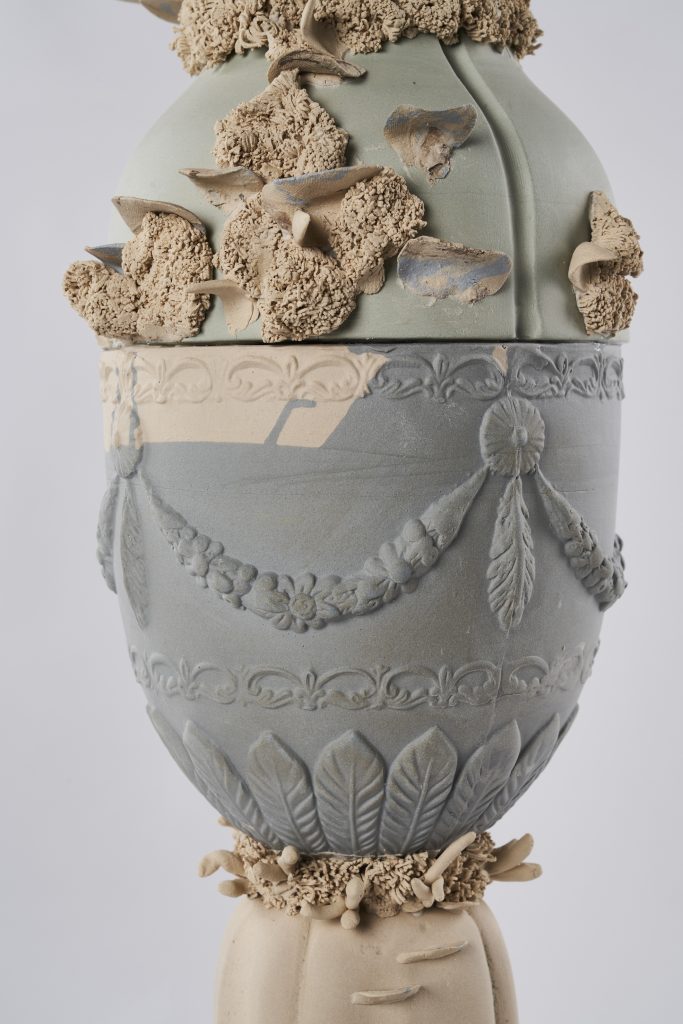
Strengths
ISIA Faenza can count on some exclusive strengths. Access to a programmed number. In fact, enrollment is allowed to a maximum of 30 students per year. The presence of numerous communication and modeling laboratories dedicated to the different design courses. Direct and assiduous relations with the world of industry and research, thanks to the intervention of design professionals, artists, industry experts and university professors. ISIA Faenza has a specific Design Library named after Bruno Munari, and promotes internationalization through Erasmus exchanges with numerous EU countries.
The exhibition
Inspired by his earlier totemic production, Cibelli’s work with students manipulated the ceramic material. Emphasizing its “connective” nature. Sensitive to dialogue and sharing, which are indispensable values within a work team. Today more than ever, as the artist argues, Italian design can restart from the workshop dimension. Elaborating a production model based on exchange. But at the same time able to maintain a strong link with its history. During the workshop, thanks to archival research and the recovery of casts and images from the Faenza tradition, the Real Fabbrica di Capodimonte and his workshop, Cibelli led the creation of a collection of ceramic totems. Each element is the result of coordination work, under the banner of complicity and experimentation, together with the students.
Today, more than ever, Italian design can restart from the workshop dimension. Elaborating a production model based on exchange. But at the same time able to maintain a strong link with its history.
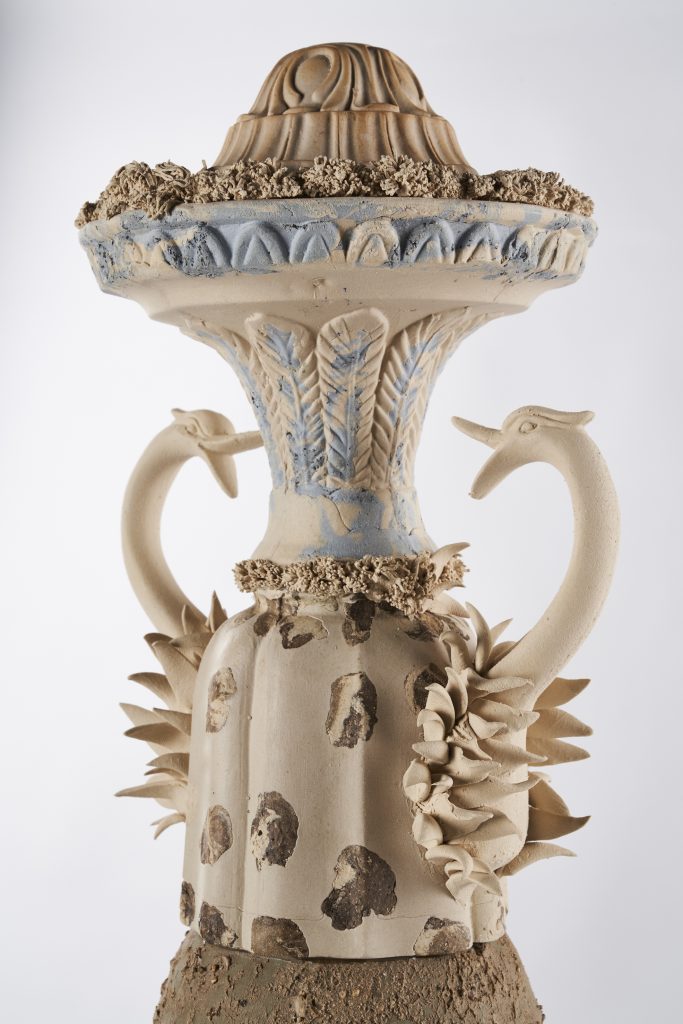
Technological research
To obtain materials suitable for the expressive needs of the project. ISIA Faenza students were engaged in technological research prior to the workshop. Which lasted several weeks. Stoneware bodies suitable for two types of molding were developed. By casting (water-suspension body). And in the plastic state (for decorative additions).
The materials were then colored. According to the identified stylistic register. With the aim of obtaining dusty tones and using expertly dosed and mixed industrial ceramic pigments.
A volume dedicated to the project, edited by Giovanna Cassese and Maria Concetta Cossa, with graphic design by Matteo Pini (Gangemi editore, bilingual Italian/English) was presented on the occasion of the exhibition.
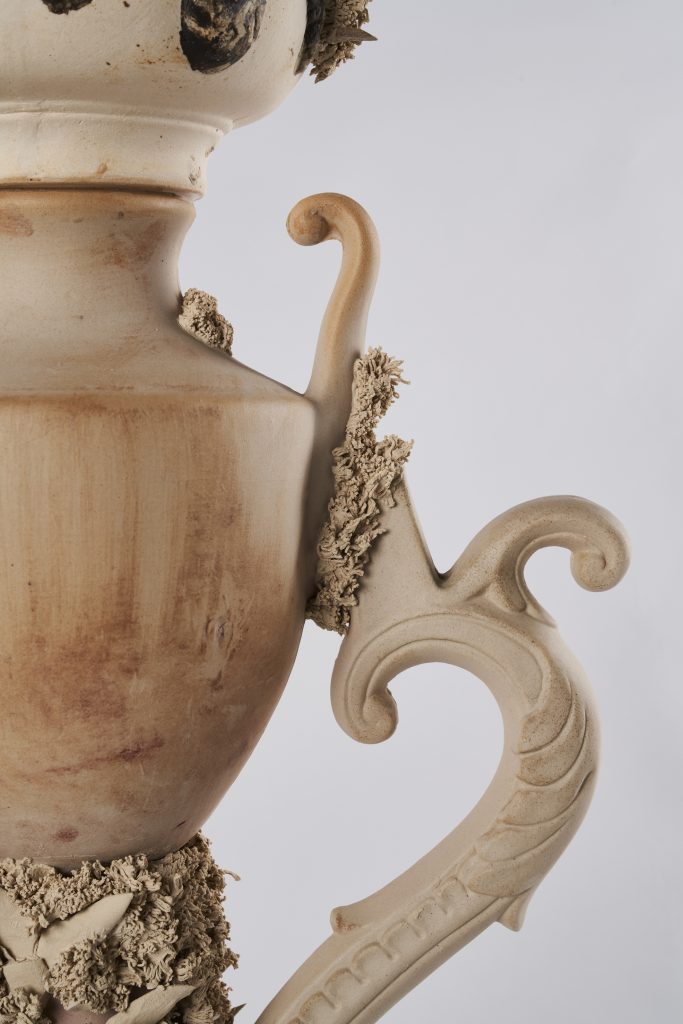
Also, on display to complete the overview of the Faenza school, are ten of its most recent and innovative projects. Conceived as part of the Faenza school’s numerous communication and modeling workshops. The initiative has also obtained the patronage of the City of Milan and the Municipality of Faenza.
Website: ISIA Faenza
Maybe you may also be interested in: Eticlò: design e sostenibilità





